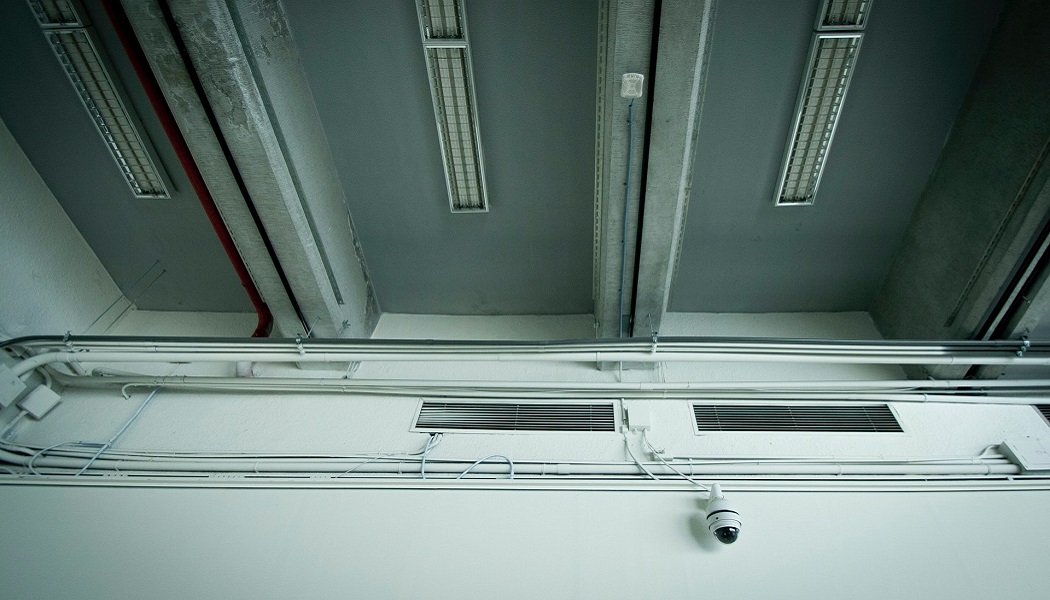Since the first lockdown in March 2020, Britain’s museums, art galleries, theatres, stately homes and castles have had to cope with difficult behaviour as visitors have refused to follow social distancing (33%), refused to wear masks in designated areas (31%) and have not followed instructions (26%).
Despite Covid-19 rules, a quarter of heritage attractions have experienced visitors meeting in large groups (26%) and 24% of venues have struggled with anti-social parking. One in five (22%) struggled with visitors travelling to their attraction from tier 4 areas.
Castle Howard in North Yorkshire is an example of a heritage attraction that took the decision to close because visitors were travelling from tier 4 areas and ignoring the government’s stay local restrictions. Despite heritage gardens being able to stay open during the third lockdown, Castle Howard took the decision to close to prevent people from flouting the travel guidance.
“Whilst we have not had too many issues with poor visitor behaviour, and we have found most visitors to be respectful and positive about being back at our attraction this year, we did feel that closing in January and February was the most responsible thing to do,” explains Abbigail Ollive, head of marketing at Castle Howard.
“In the run up to Christmas, our booking data showed that people were travelling from higher tier areas, and we felt we needed to ensure the safety of our staff and local community as the pandemic worsened again. Therefore, closing for lockdown three felt in the spirit of national efforts, even though technically we could have kept the gardens open. This move was widely congratulated, and we extended memberships to compensate for the closed period.”
Biggest crime fears
The Ecclesiastical survey discovered 69% of workers from museums, art galleries, theatres, stately homes and castles think their organisation is vulnerable to crime. Two thirds also said their organisation is more concerned about crime since Covid-19.
Anti-social behaviour (69%) is the crime heritage organisations are most concerned about, closely followed by cyber-crime (68%), verbal abuse (66%) and physical abuse (65%) towards staff and volunteers from visitors. Criminal damage was also cited as a key concern for many heritage organisations (65%).
Despite crime slightly decreasing since Covid-19, 81% of heritage attractions experienced a crime since the first Covid-19 lockdown in March 2020. 23% have suffered anti-social behaviour and one in five have experienced criminal damage during the pandemic.
Staff and volunteers receiving physical abuse (20%) and verbal abuse (19%) has also up, while 19% of organisations were victims of cyber-crime. Of those who have experienced crime during Covid-19, on average, crime has cost their organisation a total of £81,633.50.
Deterring crime
93% of surveyed heritage attractions have introduced new measures to protect the organisation and deter criminals since Covid-19 broke out, with CCTV the most popular measure (68%), followed by alarms (43%) and security guards / patrols (36%).
Despite many heritage organisations taking steps to deter criminals, two thirds of respondents believe their organisation needs to do more to prevent crime.
Faith Kitchen, heritage director at Ecclesiastical Insurance, said: “As England’s leading insurer of Grade I listed buildings, we’re passionate about protecting Britain’s heritage. It’s sad to read 91% of heritage attractions have experienced challenging visitor behaviour during the Covid-19 pandemic.
“While crime has decreased since Covid-19, our research found 81% of heritage attractions have experienced a crime since the first lockdown. So it’s encouraging to see that 93% have introduced new measures to protect their organisation and deter criminals.”










